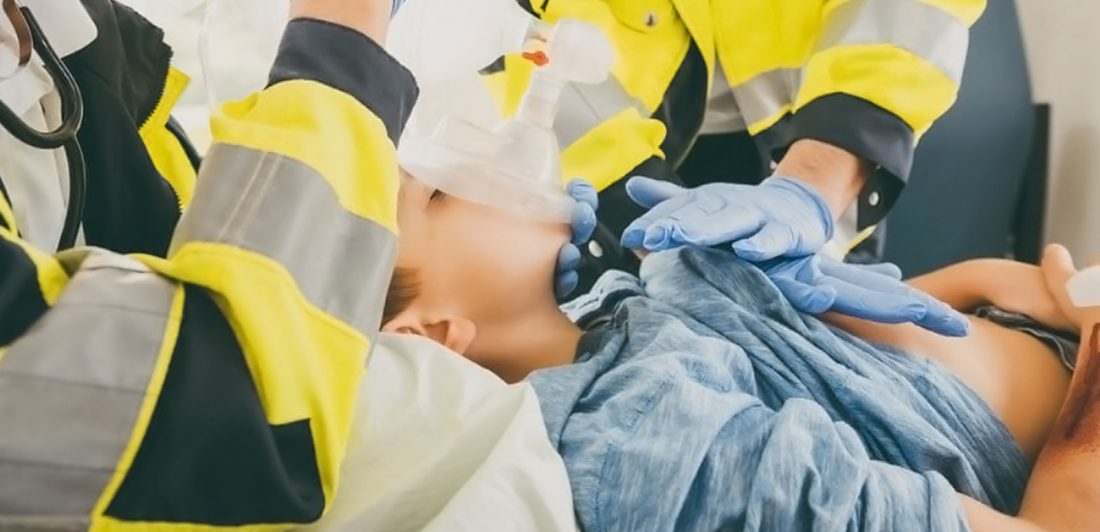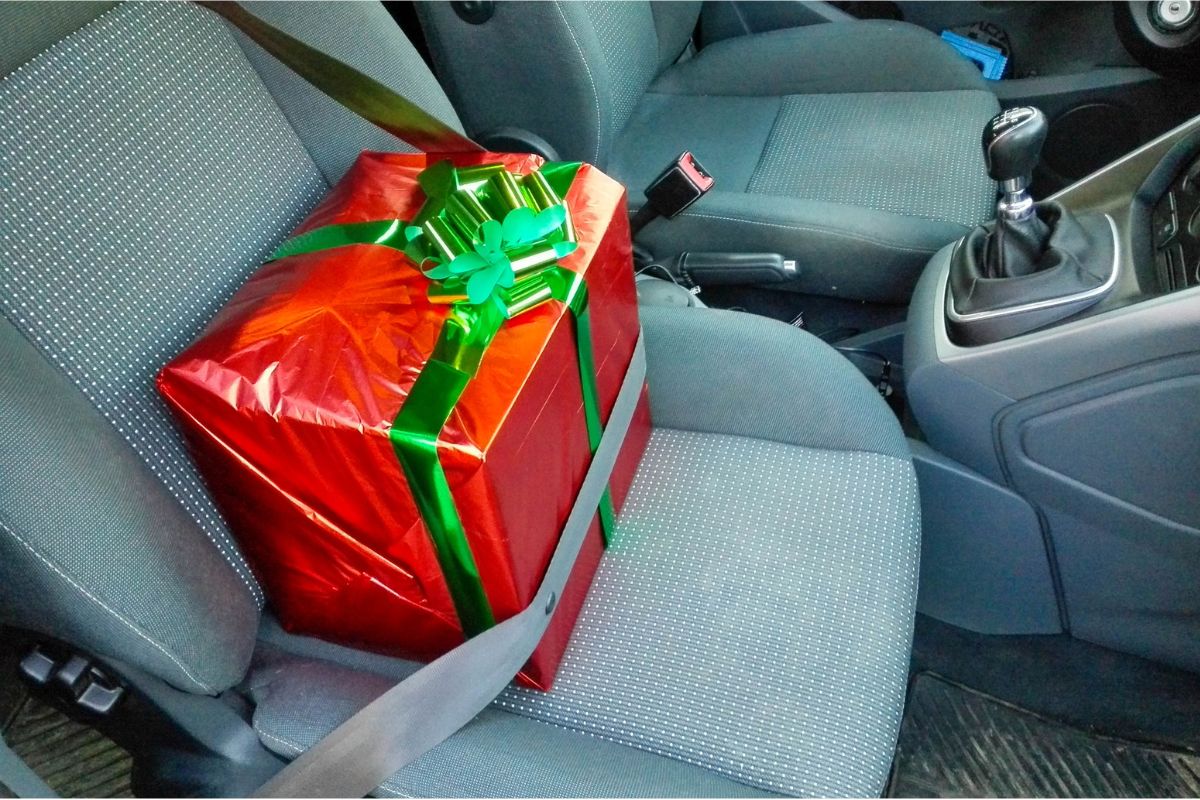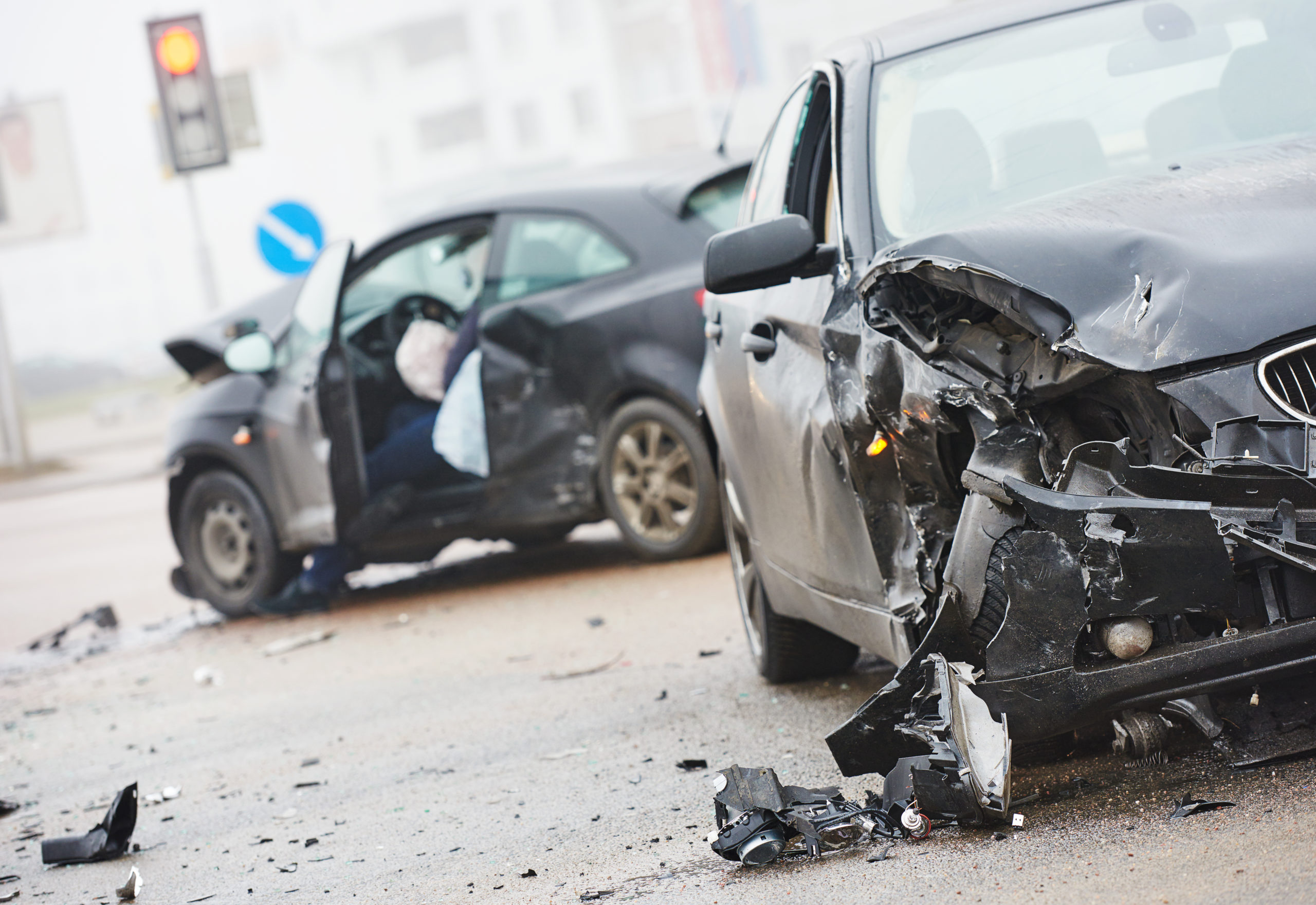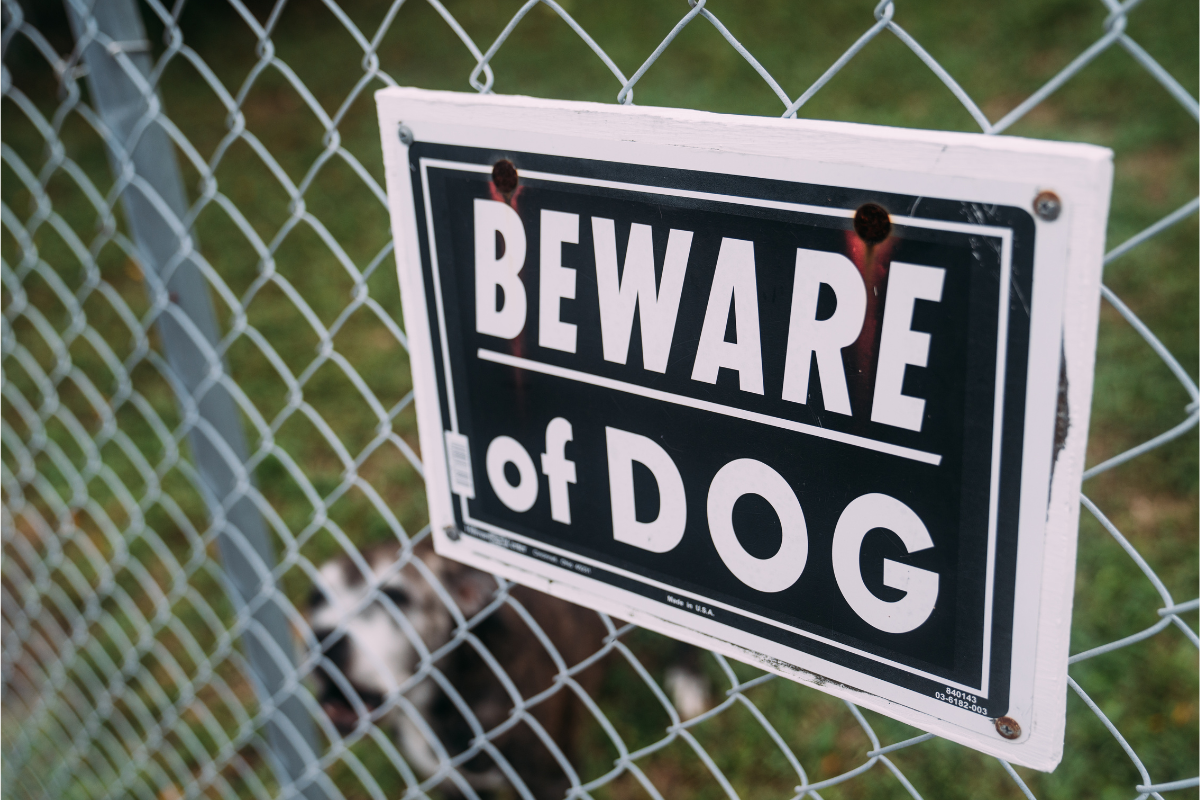Motor vehicle crashes are the leading cause of death for children in the United States. As parents, we try our best to keep our children out of harm’s way by ensuring they are always sitting in the back, buckled up, and in an appropriate car seat according to their age and height. But did you know that children who are passengers in rear seats are at risk of injury because of a collapsing front seat during a rear-end crash?
From sedans to minivans to luxury vehicles, thousands of injuries are reported every year from seat back failure. Children who are passengers in the rear seats of vehicles may suffer severe, life-changing injuries or death when struck by a collapsing front seat in a rear-end crash. And children aren’t the only ones at risk. Any occupied collapsing front seat can be a hazard to any rear passenger.
We feel safe getting behind the wheel because we know that vehicle safety standards are in place. We rely on auto manufacturers to warn consumers about any potential dangers and fix those issues for the safety of the public. Unfortunately, this is not always the case.
What is a Seat Back Failure?
The seat back is the upright portion of the vehicle seat that a driver or passenger can adjust. Seat backs provide comfort for drivers and passengers and reduce the momentum individuals may experience in the case of a collision, helping with the reduction of severe injury.
Failure can happen when the force of a vehicle collision causes the seat back to collapse backward and land on top of one of the back seats. Those riding in the back seat are often struck unexpectedly by the force of the seat back collapsing on them. These types of errors typically happen when another car rear-ends the vehicle at a moderate to high speed.
The Dangers Associated with Seat Back Failure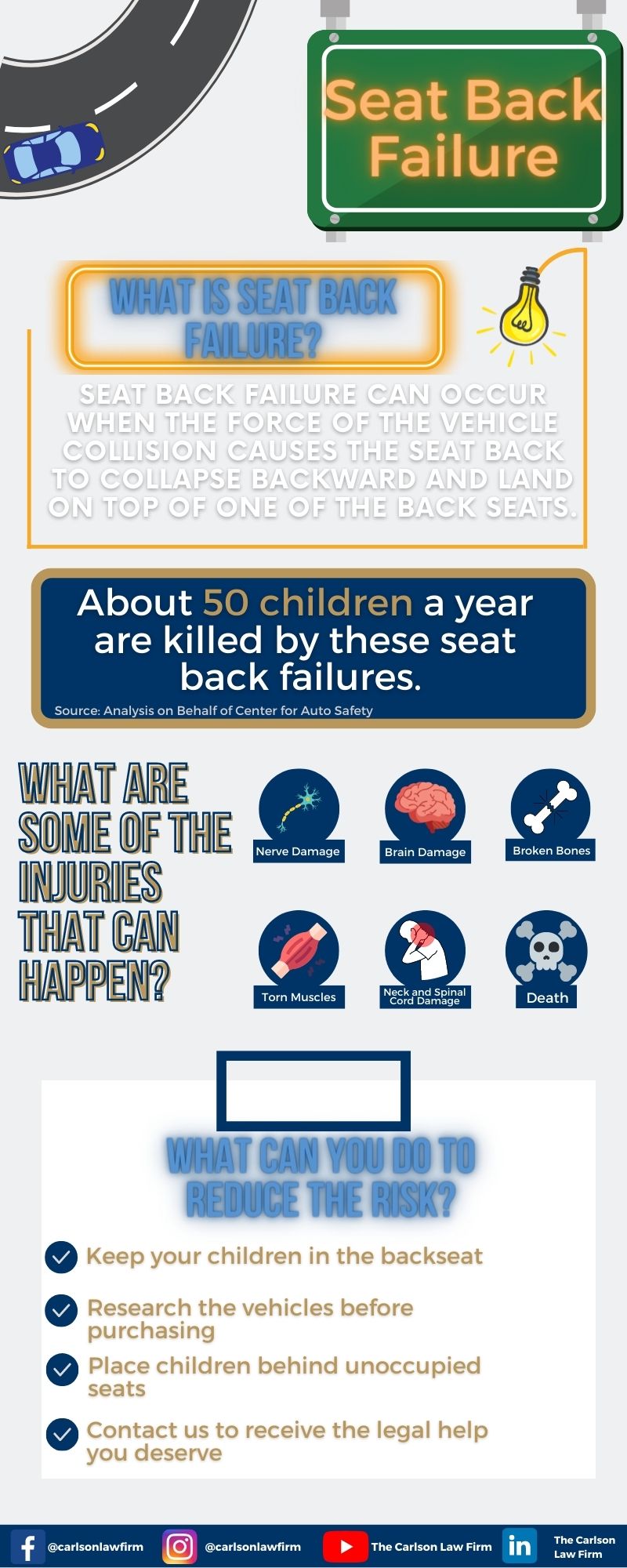
For decades, regulators and manufacturers have been aware that occupied front seats are prone to collapse during a rear-end collision. The National Highway Traffic Safety Administration (NHTSA) reports that from 1990-2014, nearly 900 children seated behind a front-seat occupant or in a center rear seat died in rear impacts of 1990 and later model-year vehicles. This data excludes collisions in which a rollover or ejection took place.
When a seat back fails during a crash, the front seat occupant violently launches into the back of the vehicle or the passenger behind them. If a child is sitting behind the faulty seat back, the weight of the front seat occupant may strike or crush them, resulting in blunt force trauma to the head and other body parts. In addition, the seat that detaches can also act as a dangerous projectile.
Crash test videos demonstrating seat back failure are alarming, not to mention extremely terrifying.
Seat Back Failure Lawsuits
Every year, families whose children suffer serious injuries or death from seat back failure file lawsuits against automakers for this safety defect. For example, a family sued Audi after their seven-year-old son suffered consequences of seat back failure after their sedan was rear-ended in 2012. The driver’s seat broke during impact, catapulting the driver headfirst into the young boy. The boy, who now requires care for the rest of his life, suffered permanent brain damage, partial paralysis, and partial eyesight loss. His brother, who sat behind the unoccupied front passenger’s seat, during the collision, remained uninjured.
During the case’s deposition, an Audi engineer said their car was designed so someone in the back seat would “support the front seat with his knees.”
When a seat back fails to function as intended, back seat passengers face suffering the following injuries:
- Concussions
- Traumatic Brain injury
- Closed head injuries
- Brain damage
- Neck and spinal cord damages
- Crushing injuries and blunt force trauma
- Internal organ injuries
- Broken bones and fractures
- Dislocations
- Torn muscles
- Nerve damage
- Paraplegia
- Quadriplegia
- Coma
- Death
What is Being Done to Improve Collapsing Front Seat Backs in Rear-end Crashes?
The auto industry and NHTSA have known about poor seat back performance during rear-end collisions for decades. The Federal Safety Standard has not been upgraded since it was adopted in 1967. Back then, the standard was so low that even a banquet chair would meet the federal guidelines for seat strength.
In 1974, NHTSA announced intentions to develop a new standard that would cover the entire seating system. However, decades later, the agency abandoned the plan stating it needed “additional research and data analysis.”
In a seat back failure lawsuit, an engineer advised strengthening seat backs would cost “on the order of a dollar or so.” Still, NHTSA insists it is very “challenging” to upgrade the standards due to the rareness of these crashes.
CBS conducted an investigation regarding seat back failure. After interviewing lawyers and reviewing court cases, the investigation identified more than 100 people who suffered severe injuries or death due to seat back failure-related crashes since 1989. The majority of these victims were children. Fortunately, the CBS News Investigation prompted an auto-safety reform that was included in the infrastructure bill President Biden signed in November 2021.
It is important to note many collapsing front seat related deaths and injuries are not documented as related to seat back failure. With that said, automakers and federal agencies should address seat back failure even if the number of people suffering catastrophic injuries or death because of these failures is small.
Experts interviewed by CBS news reveal that BMW, Mercedes-Benz, and Volvo are voluntarily strengthening their seats well beyond minimum federal requirements while other automakers continue to turn a blind eye.
What Can I Do to Protect my Family From the Dangers of Seat Back Failure?
Unfortunately, you can't control or predict a defective seat failure. However, you can take safety precautions before purchasing your vehicle and before you drive to help minimize the chances of a severe injury. To protect your family, ensure everyone is wearing seatbelts before every car ride. Additionally, children should sit in properly installed, height-and weight-appropriate car seats or booster seats. There are lot of great resources on how to use a baby car seat safely, so make sure to check them out.
Nearly half of all car seats installed are done so incorrectly. Installing a car seat the right way reduces the risk of a fatal injury in a collision by 71 percent for infants and 54 percent for toddlers. You can visit a Certified Child Passenger Safety Technician to ensure your little one’s seat is properly installed.
Parents may hesitate at the idea of placing their children in the back seat instead of the front. However, the back seat is the safest place for children even though we acknowledge faults to the seat backs.
For further safety measures, advocates advise parents to seat their children behind an unoccupied seat or a lighter-weight front passenger.
How The Carlson Law Firm Can Help
Here at The Carlson Law Firm, we believe safety is a top priority, which is why we have devoted decades to protecting the rights of injured victims. If seat back failure during a crash caused you harm, contact a qualified Seat Back Failure Lawyer immediately. You may be entitled to compensation.
At a time when you are most in need, you require a team that will support you throughout the often complicated process that lies ahead. Let us analyze your claim, navigate the legal system and pursue maximum compensation on your behalf. We have the resources required to protect your rights against large corporate auto manufacturers. Contact us today for a free, no-obligation consultation. We are available 24 hours a day, seven days a week. We care, we can help.

